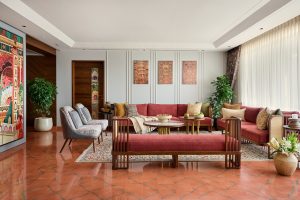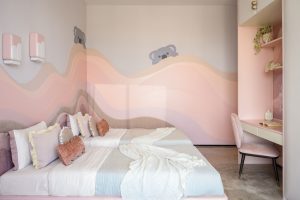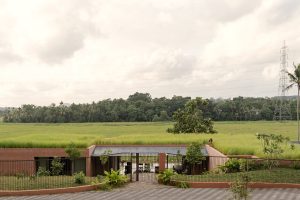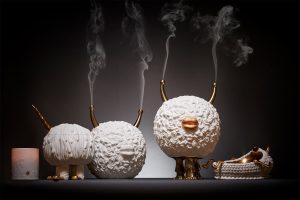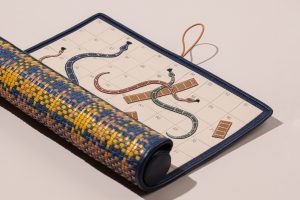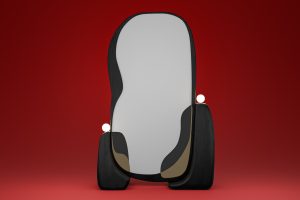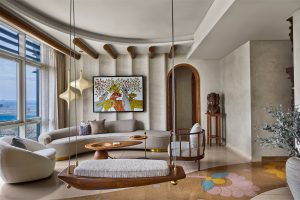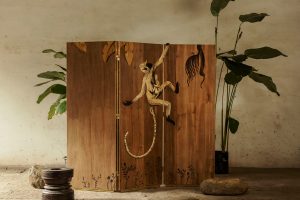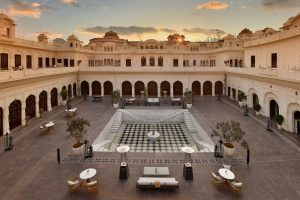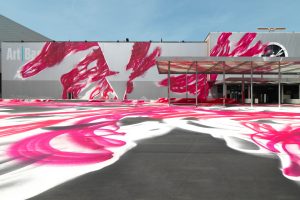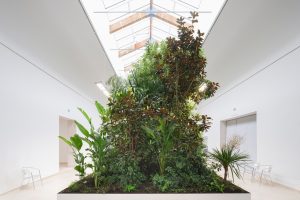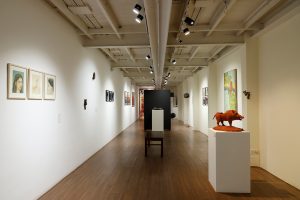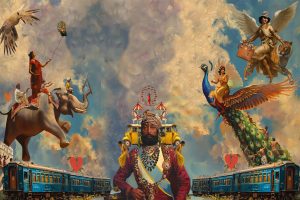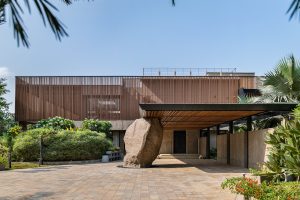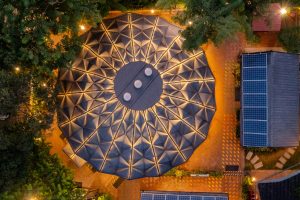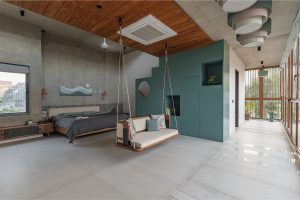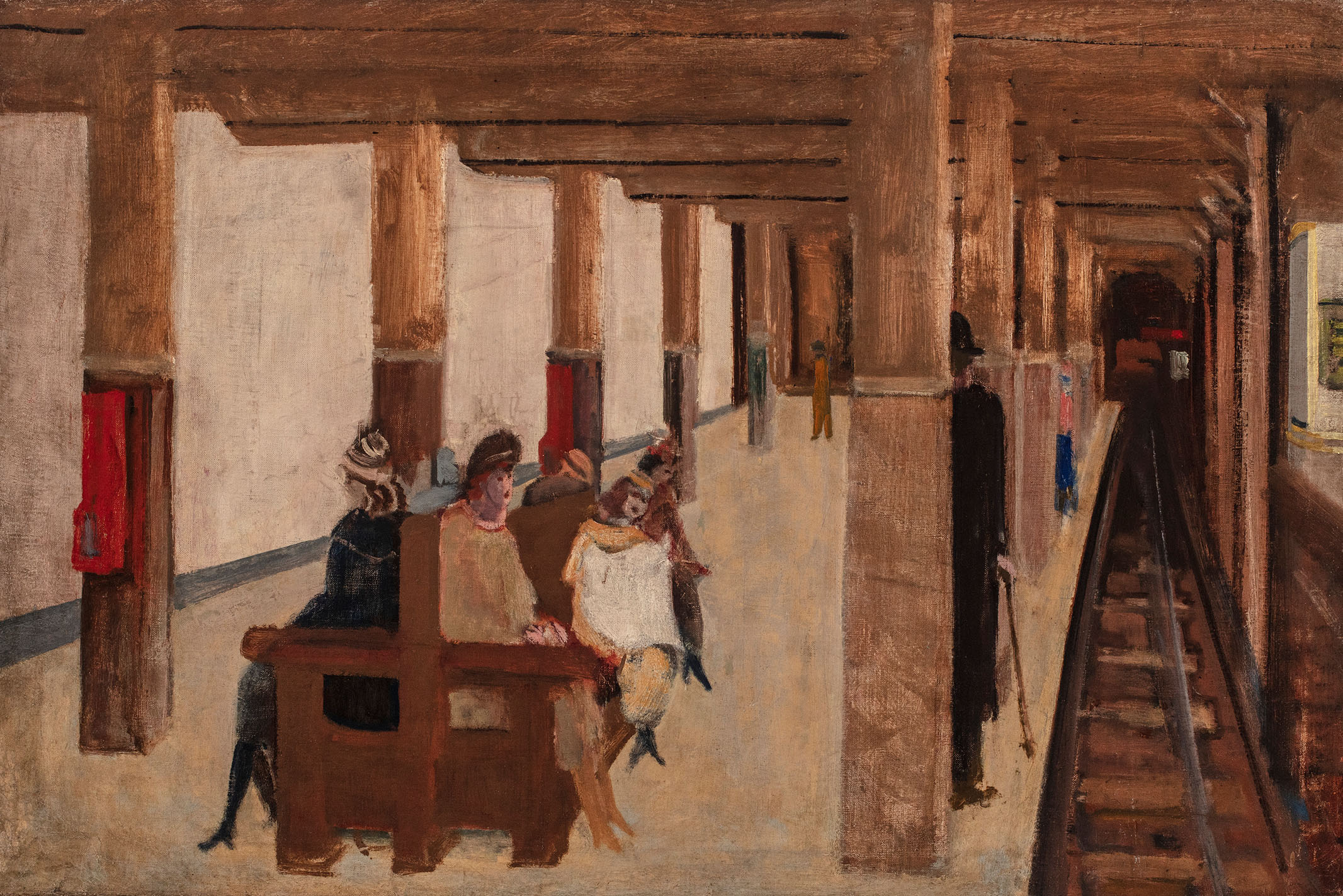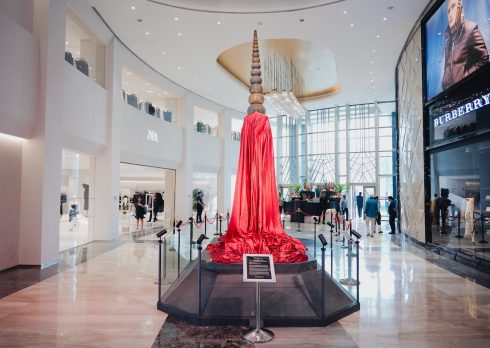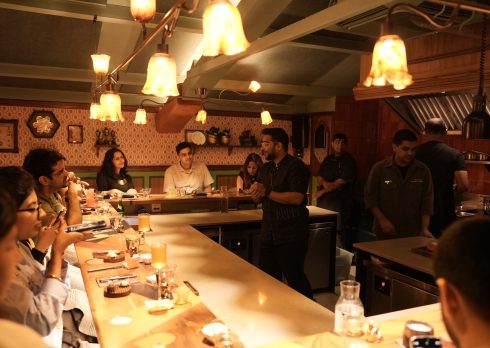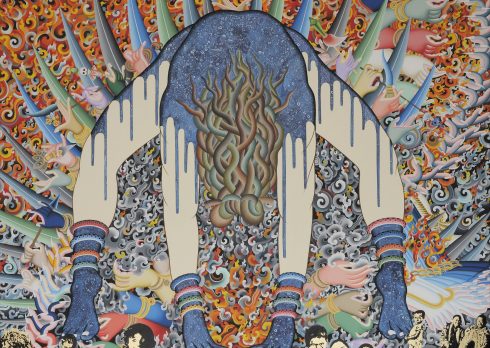The Fondation Louis Vuitton Presents The First Retrospective In Paris, France, Dedicated To Mark Rothko
- 21 Aug '23
- 4:04 pm by Vatsala Sethi
Tabula rasa – a clean slate, a fresh start, a new beginning. We think of such an image when we think of American abstract painter Mark Rothko’s classic, colour field abstractions of the 1950s and 1960s: broad, unblemished, undifferentiated expanses of near formless colour, free of readily observable figures, distinct marks, and distractions. The tabula rasa was not necessarily what Rothko thought of. What, then, was on Rothko’s slate?
The Fondation Louis Vuitton presents the first retrospective in France dedicated to Mark Rothko (1903-1970) since the 1999 exhibition at the Musée d’Art Moderne de la Ville de Paris, which opens on October 18, 2023. The exhibition includes 115 pieces from the world’s most important institutional and private collections, including the National Gallery of Art in Washington, D.C., the artist’s family, and the Tate in London. The show, which would be displayed chronologically across all of the Fondation’s rooms, chronicles the artist’s entire career, from his early figurative paintings to the abstract works for which he is most known today.
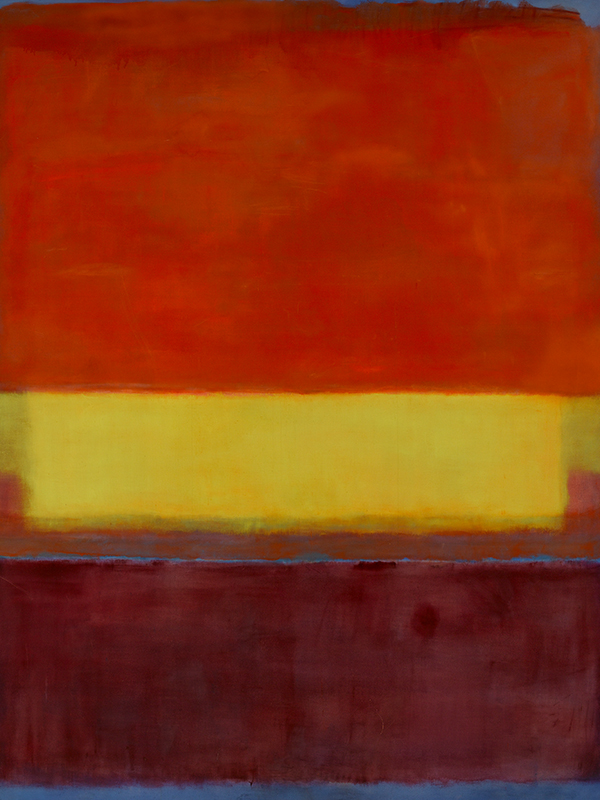
(Image credit: 1998 Kate Rothko Prizel & Christopher Rothko – Adagp, Paris)
“First, let us remember that we are not speaking of a blank slate. Tabula rasa means an erased slate,” the co-curator, and son of the artist, Christopher Rothko states in the exhibition catalogue. The co-curator emphasised that his father’s work is often misunderstood as empty or void, but this is a misconception. The perceived emptiness is filled with echoes of the past and potential hidden beneath the surface.
Unlike the Pop generation that aimed to erase art history, Rothko’s approach was additive. He engaged in a dialogue with his artistic predecessors, creating something new yet deeply connected to what came before. The concept of the erased tablet is significant because it contains traces of Rothko’s essence. It’s the source that the viewer must tap into to personally experience and understand his art. This process involves a journey where the familiar meets the unfamiliar, and the known leads us to the unknown.
Also Read: Come “Run As Slow As You Can” At This Hyper-Immersive TOILETPAPER Exhibit In Mumbai
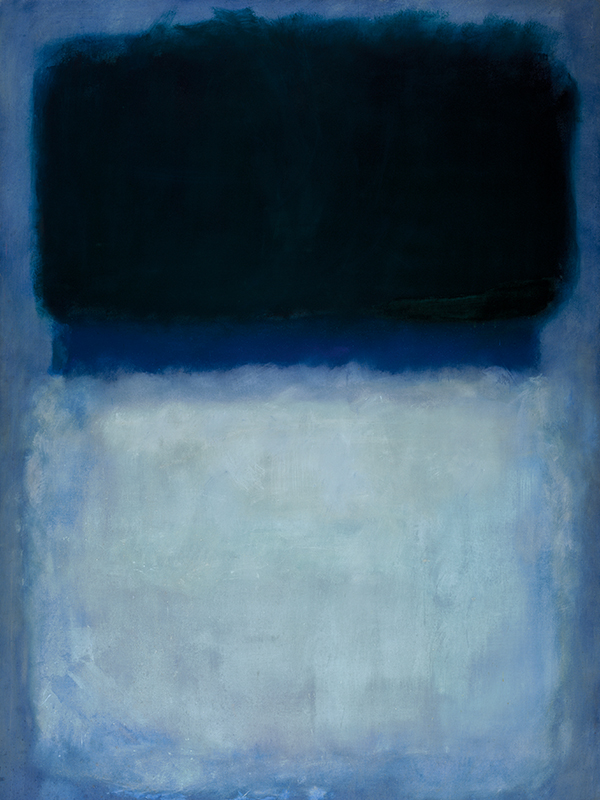
Collection of The University of Arizona Museum of Art, Tucson; Gift of
Edward Joseph Gallagher, Jr.
(Image credit: 1998 Kate Rothko Prizel & Christopher Rothko – Adagp, Paris)
The exhibition will commence with intimate portrayals of urban landscapes, including evocative depictions of the New York subway, which dominated Rothko’s artistic output during the 1930s. This phase eventually gave way to a thematic shift inspired by ancient myths and surrealism, through which Rothko conveyed the profound aspects of the human condition during the wartime era.
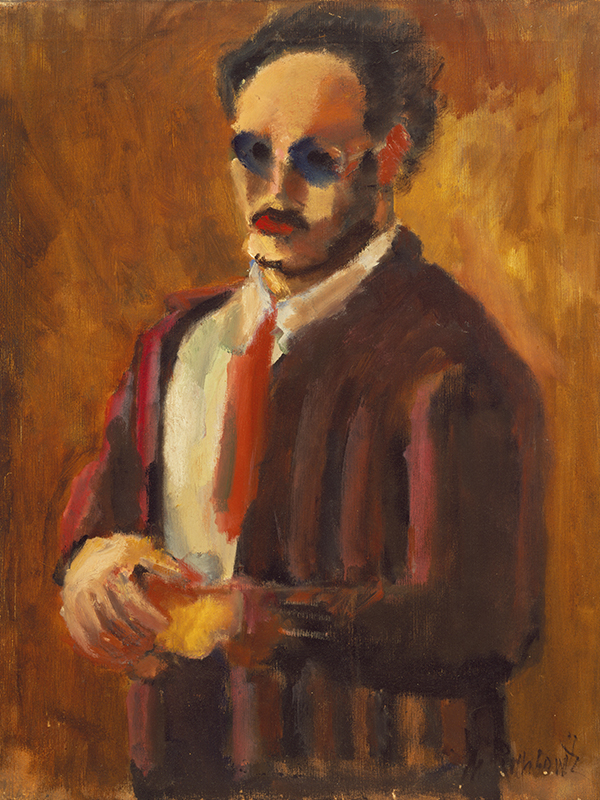
(Image credit: © 1998 Kate Rothko Prizel & Christopher Rothko – Adagp, Paris)
In Gallery 1, the exhibition unveils Rothko’s solitary self-portrait from 1936. This compelling and weighty figure, concealed behind dark spectacles, projects an aura of impenetrability, seemingly engrossed in an internal vision that conceals both the man and the artist. The journey through the exhibition culminates in Gallery 10 with ‘Cathedral’, a sombre composition in black and grey (1969-70), adorned with sculptures by Giacometti. Both artists shared an affinity for humanism and adept manipulation of space.
Also Read: Sajan Mani On The Politics Of Body And Its Implication In Public Spaces
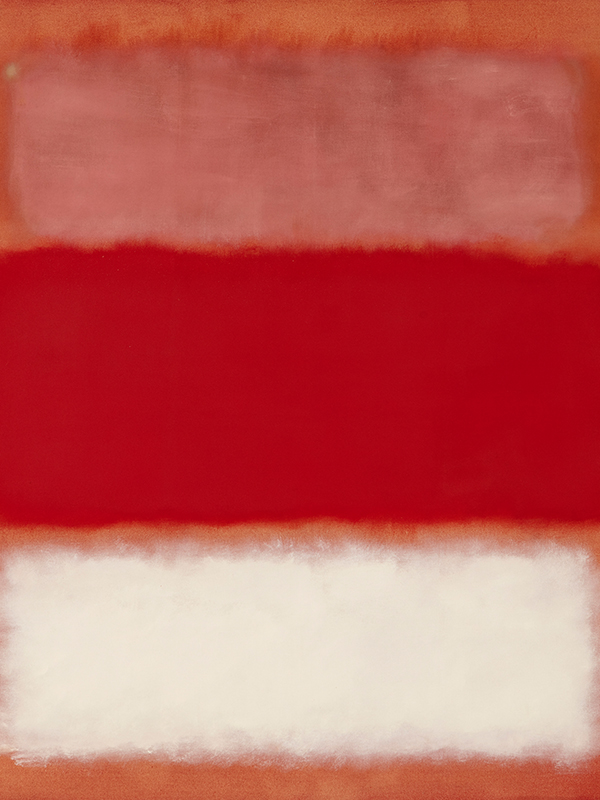
(Image credit: 1998 Kate Rothko Prizel & Christopher Rothko – Adagp, Paris)
Central to the exhibition are Rothko’s abstract creations from the so-called ‘Classic’ period, emerging from the late 1940s onward. In this phase, Rothko establishes himself as a distinctive colourist, harnessing the radiant and enigmatic brilliance of colour elevated to a state of luminous intensity. The set of nine works presented here – the entire ‘Rothko Room’ at the Tate, and in the artist’s intended configuration – was commissioned for a dining room designed by Philip Johnson in a building by Mies van der Rohe. Rothko eventually abandoned the commission, and 11 years later, in 1969, he donated nine of these distinctively crimson-hued paintings to the Tate. These works, which diverge from his earlier pieces, find a dedicated space within the Tate, a setting that will be showcased with exceptional prominence within the Fondation Louis Vuitton exhibition.
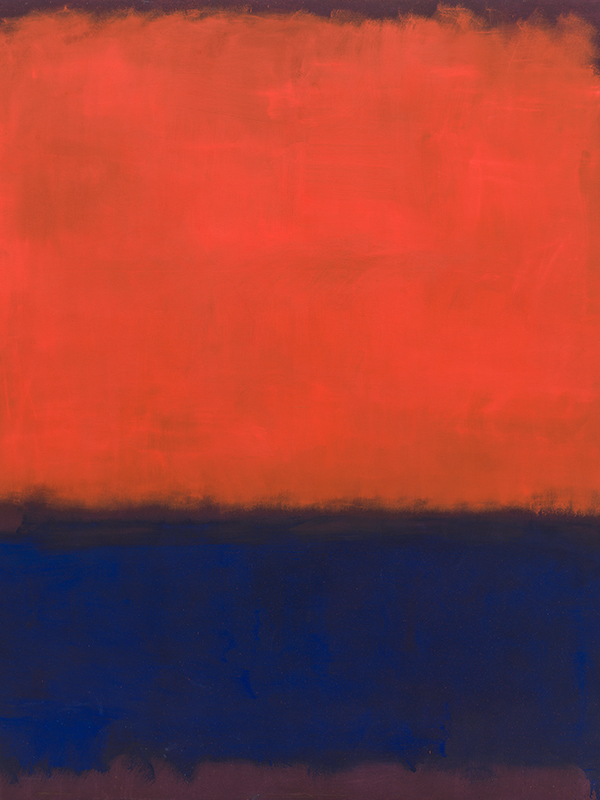
It is interesting to wonder what it is from the exhibition that will grip the visitor. Art lovers draw profound and contrasting interpretations that form the bedrock of their encounters with Rothko’s works. What motivates their attendance? What revelations await them? For both the artist and the contemporary viewer, what forms of estrangement does this art signify? What deep-seated explorations lie within each individual? The state of hypersensitivity exuded on the surface of the paintings and developed through the works – as if by an excess of beauty – arouses and sharpens both, plenitude and incompleteness. Everyone will find their own words, whether seraphic or tragic.
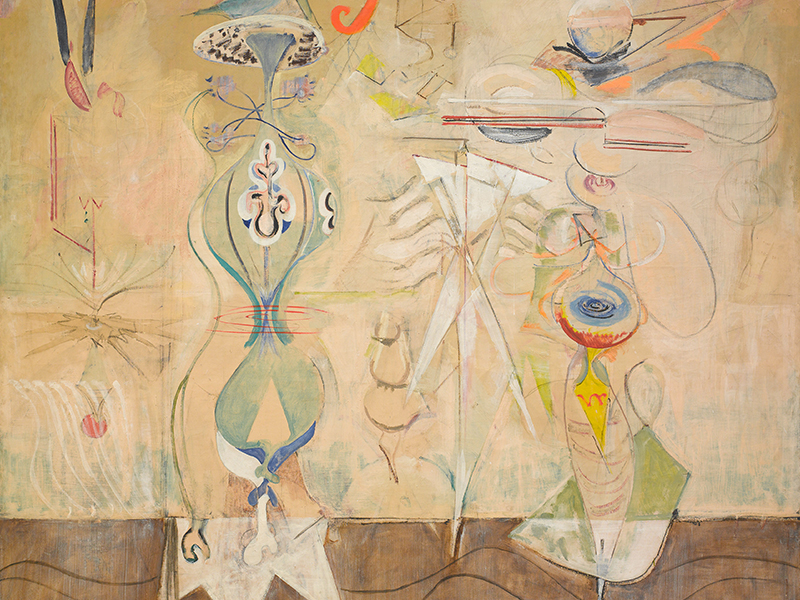
(Image credit: © 1998 Kate Rothko Prizel & Christopher Rothko – Adagp,
Paris)

